Reportar esta entrada
Más sobre la misma comunidad-colección
Nestora Piarote, Alfarera Tigua
Nestora Piarote was a well know Tigua potter. She is standing ...
Johnny Hutchins en Carrera de Autos
The picture shows driver Johnny Hutchins during the annual El ...
Al's Shop For Men - El Paso, Texas
Al's shop for Men, owned by J. Lowell Smith. Store Front with ...
Al's Shop For Men - El Paso, Texas
Al's shop for Men, owned by J. Lowell Smith. Store Front with ...
Al's Shop For Men - El Paso, Texas
Al's Shop For Men located downtown El Paso, Texas. Time period ...
Al's Shop For Men- El Paso, Texas
Al's Shop For Men located downtown El Paso, Texas. Time period ...
Al's Shop For Men - El Paso, Texas
Al's shop for Men, owned by J. Lowell Smith. Cars and people in ...

















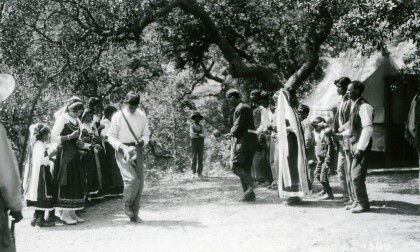
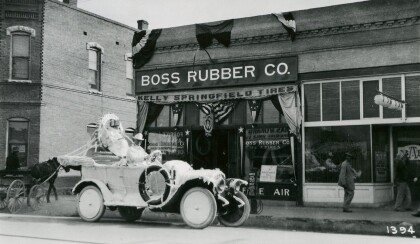
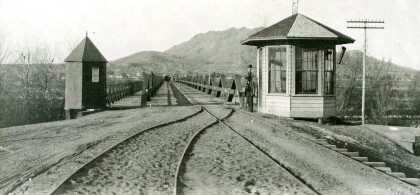

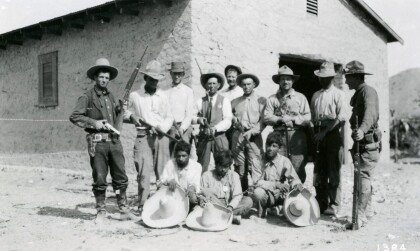
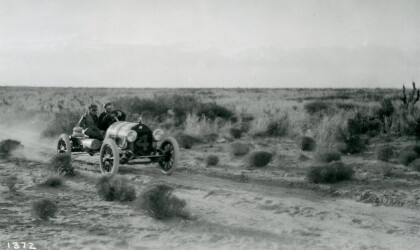
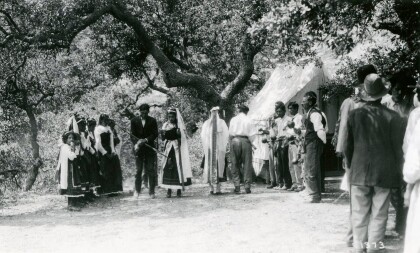
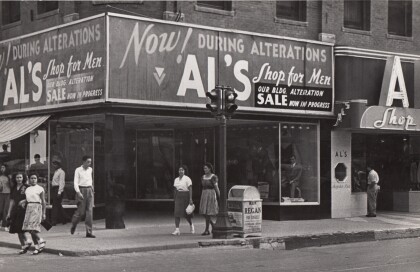
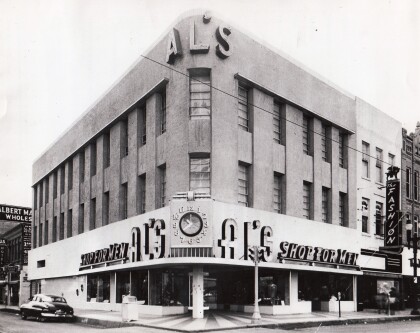
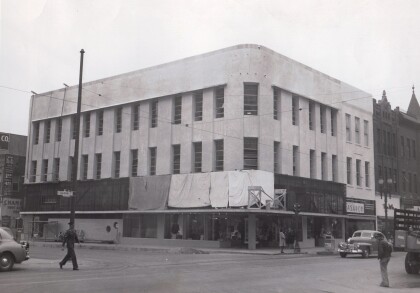
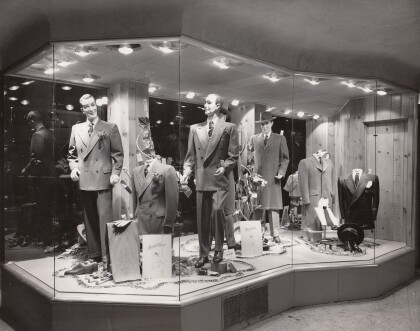
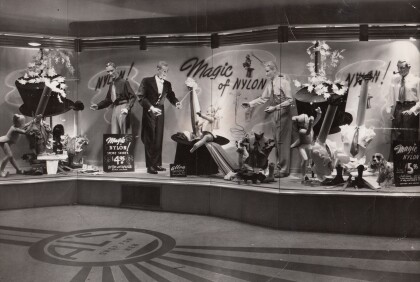
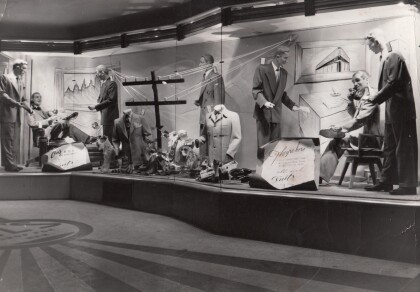
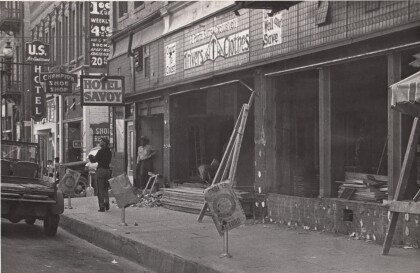
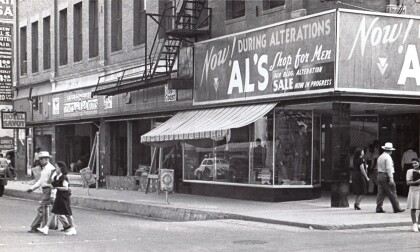



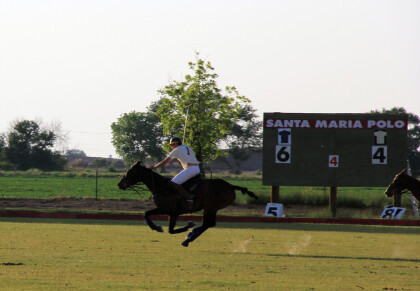




Comentarios
Hacer un comentario